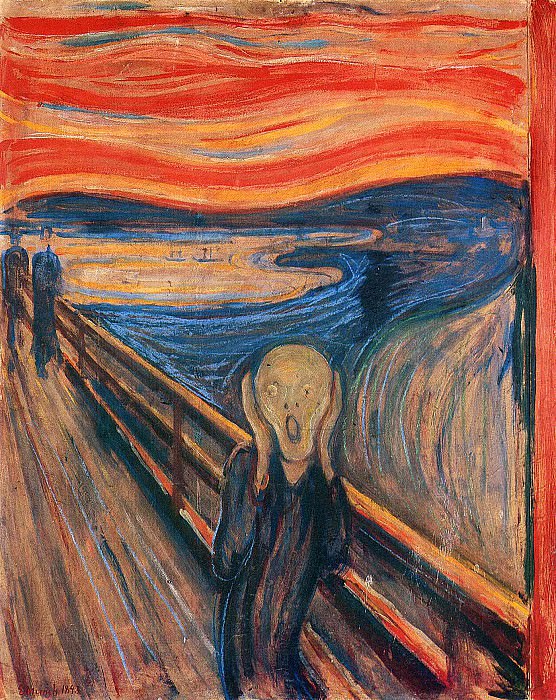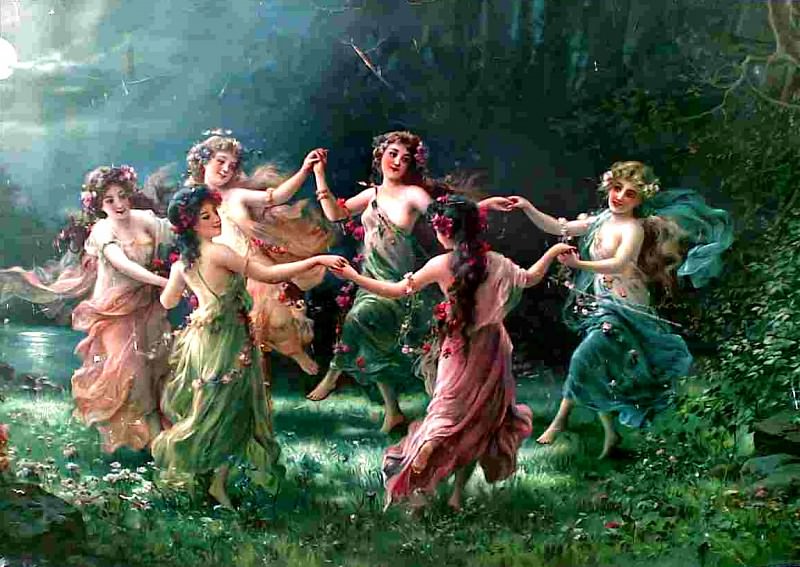Exploring the Beauty of Landscape Art
Landscape art, a genre that captures the natural world in all its splendor, has been a fundamental aspect of artistic expression for centuries. From ancient frescoes to contemporary digital paintings, landscapes have provided artists with an endless source of inspiration. This genre encompasses a wide range of techniques and styles, each artist bringing their unique perspective to the portrayal of nature. In this exploration, we will delve into the history, significance, and evolution of landscape art, highlighting its impact on the art world and its continued relevance today.
The Origins of Landscape Art
The origins of landscape art can be traced back to ancient civilizations, where early artists depicted natural scenes in their surroundings. In ancient Egypt, landscapes appeared as backgrounds in tomb paintings and temple murals. These early representations were more symbolic than realistic, emphasizing the spiritual and cultural significance of the depicted scenes.
In ancient Greece and Rome, landscape elements began to play a more prominent role in art. Greek pottery often featured natural motifs, while Roman frescoes depicted lush gardens and idyllic countryside settings. However, it wasn't until the Renaissance that landscape art truly began to emerge as a distinct genre.
The Renaissance and the Birth of Landscape Painting
The Renaissance marked a pivotal moment in the history of landscape art. Artists like Leonardo da Vinci and Albrecht Dürer began to study nature meticulously, striving for realism and accuracy in their depictions. Leonardo's detailed sketches of plants and landscapes showcased his deep appreciation for the natural world.
One of the most significant contributions to landscape art during this period was made by the Dutch and Flemish painters of the 16th and 17th centuries. Artists like Pieter Bruegel the Elder and Jan van Eyck elevated landscape painting to new heights. Bruegel's "Hunters in the Snow" and Van Eyck's "The Arnolfini Portrait" are prime examples of how landscapes became central to the composition, providing a sense of place and atmosphere.
The Golden Age of Landscape Art
The 17th century, often referred to as the Golden Age of Dutch and Flemish art, saw a flourishing of landscape painting. This period was characterized by a growing interest in naturalism and the portrayal of everyday life. Artists like Jacob van Ruisdael and Jan Vermeer created stunning landscapes that captured the essence of the Dutch countryside.
Ruisdael, in particular, is renowned for his ability to depict the dramatic and often tumultuous skies of the Netherlands. His works, such as "View of Haarlem with Bleaching Grounds," showcase his mastery of light and shadow, creating a sense of depth and realism. Vermeer, on the other hand, incorporated landscapes as backdrops for his intimate domestic scenes, adding a layer of tranquility and serenity to his paintings.
Romanticism and the Sublime
The 18th and 19th centuries witnessed a shift in the approach to landscape art with the rise of Romanticism. This movement emphasized emotion, imagination, and the sublime beauty of nature. Artists sought to capture the awe-inspiring and often overwhelming power of the natural world.
One of the most prominent figures of this era was J.M.W. Turner, an English painter known for his dramatic and atmospheric landscapes. Turner's works, such as "The Fighting Temeraire" and "Rain, Steam and Speed," are characterized by their vibrant colors and dynamic compositions. He masterfully conveyed the sublime, evoking a sense of wonder and reverence for nature.
In the United States, the Hudson River School emerged as a prominent landscape art movement during the mid-19th century. Artists like Thomas Cole and Frederic Edwin Church celebrated the untouched beauty of the American wilderness. Their grand, panoramic vistas of the Hudson River Valley and other natural landmarks captured the spirit of exploration and discovery.
Impressionism and Beyond
The late 19th and early 20th centuries saw the emergence of Impressionism, a revolutionary movement that transformed landscape art. Impressionist painters like Claude Monet, Pierre-Auguste Renoir, and Camille Pissarro focused on capturing the fleeting effects of light and color. They often painted en plein air, directly observing nature and translating their impressions onto the canvas.
Monet's series of paintings, including his famous "Water Lilies" and "Haystacks," exemplify the Impressionist approach to landscapes. By using loose brushstrokes and vibrant colors, Monet conveyed the ever-changing nature of light and atmosphere. His work had a profound influence on subsequent generations of artists.
In the 20th century, landscape art continued to evolve with movements such as Fauvism, Expressionism, and Abstract Art. Artists like Henri Matisse, Vincent van Gogh, and Georgia O'Keeffe brought their unique perspectives to the genre. Van Gogh's bold use of color and expressive brushwork in paintings like "Starry Night" and "Wheatfield with Crows" demonstrated the emotional power of landscapes. O'Keeffe's close-up views of flowers and desert landscapes captured the intricate beauty of nature in a modern and abstract manner.
Contemporary Landscape Art
Today, landscape art remains a vibrant and diverse genre, encompassing a wide range of styles and mediums. Contemporary artists continue to explore and reinterpret the natural world, often addressing environmental and social issues in their work.
Photographers like Ansel Adams and Sebastiao Salgado have made significant contributions to landscape art through their black-and-white images of pristine wilderness areas. Adams' iconic photographs of Yosemite National Park and Salgado's striking images of remote landscapes highlight the beauty and fragility of our planet.
Digital art and new media have also expanded the possibilities of landscape art. Artists like David Hockney have embraced technology to create digital landscapes that push the boundaries of traditional painting. Hockney's iPad drawings and digital collages capture the vibrancy and immediacy of nature in a contemporary context.
The Significance of Landscape Art
Landscape art holds a special place in the art world for several reasons. Firstly, it serves as a visual record of our environment and the changes it undergoes over time. Through the eyes of artists, we can witness the transformation of landscapes, from untouched wilderness to urbanized environments.
Secondly, landscape art has the power to evoke emotions and connect viewers with the natural world. Whether it's the tranquility of a serene lake, the majesty of a mountain range, or the dramatic play of light and shadow, landscapes have a universal appeal that transcends cultural and geographical boundaries.
Moreover, landscape art often carries deeper symbolic meanings. It can reflect societal values, cultural identity, and the relationship between humans and nature. For example, the Hudson River School's paintings celebrated the American frontier and the idea of manifest destiny, while Turner's works conveyed the sublime and the power of the natural world.
The Role of Landscape Art in Conservation
In recent years, landscape art has played an important role in raising awareness about environmental issues and promoting conservation efforts. Artists have used their work to draw attention to the beauty and fragility of natural landscapes, urging viewers to appreciate and protect these precious resources.
One notable example is the work of environmental artist Christo, known for his large-scale installations that interact with the landscape. His projects, such as "The Gates" in Central Park and "Surrounded Islands" in Miami, transformed natural spaces into temporary works of art, inviting people to see familiar landscapes in a new light.
Additionally, landscape art has been instrumental in documenting the impact of climate change and human activity on the environment. Photographers and painters alike have captured the effects of deforestation, pollution, and rising sea levels, creating powerful visual narratives that inspire action and advocacy.
Conclusion
Landscape art, with its rich history and diverse expressions, continues to captivate and inspire audiences around the world. From the symbolic depictions of ancient civilizations to the innovative digital creations of contemporary artists, landscapes offer a window into the beauty, complexity, and fragility of our natural world. Through the eyes of artists, we are reminded of the importance of preserving and cherishing the environment that sustains us. As we move forward, landscape art will undoubtedly remain a vital and evolving genre, reflecting our ever-changing relationship with the world around us.




